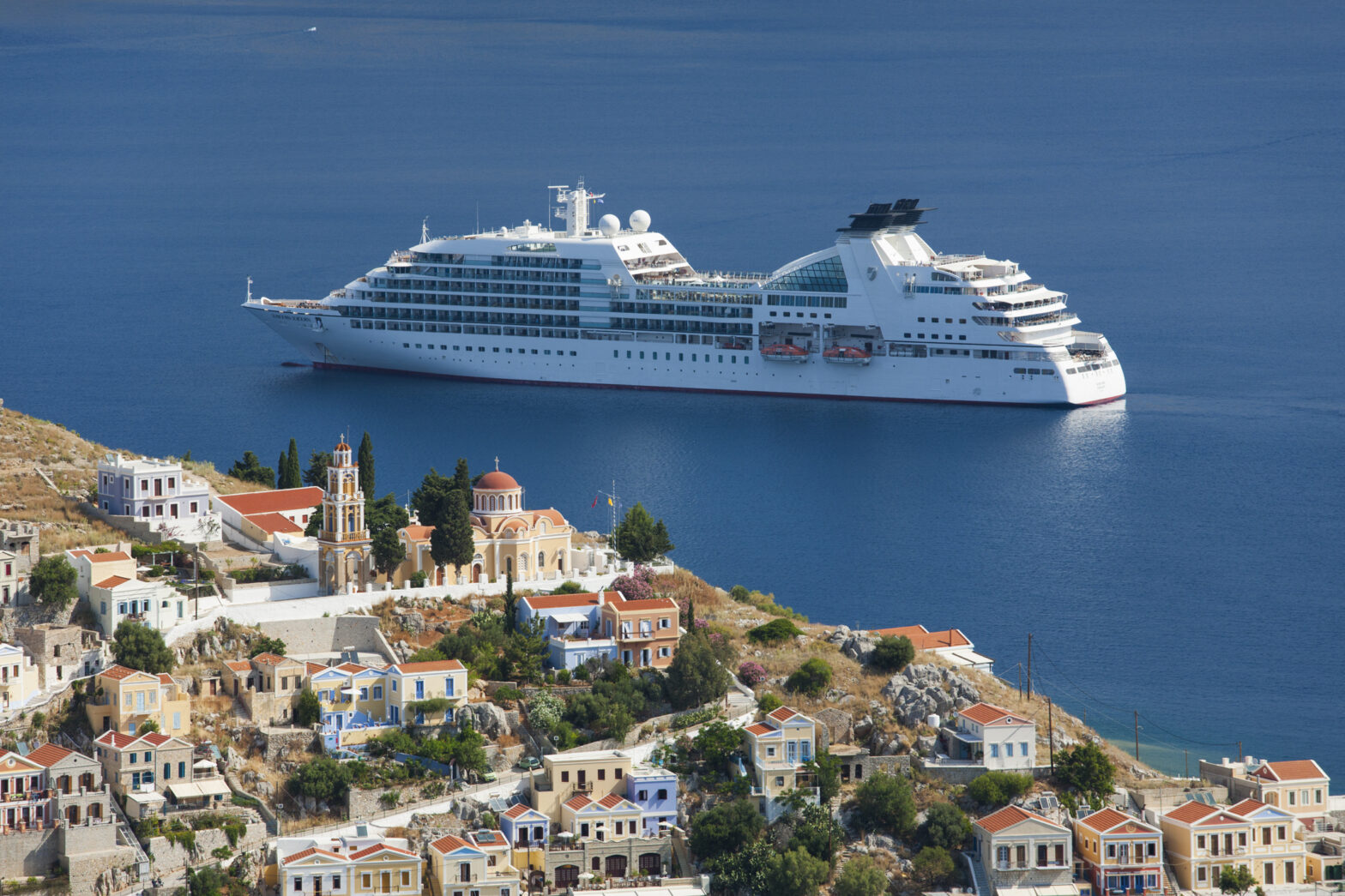In the travel industry, repositioning cruises are often considered a hidden gem. While these cruises may not suit every traveler’s preferences, they offer a great and cost-effective means of covering long distances. Repositioning cruises, often overlooked by many, allow passengers to embark on a journey where the ship is relocated from one region to another. This unconventional cruising offers an opportunity to explore multiple destinations while benefiting from reduced fares. As a result, for those seeking an extended voyage at an affordable price, repositioning cruises can be an enticing option.
Repositioning Cruise Defined
A repositioning voyage refers to a unique type of cruise where the departure and arrival ports differ, often involving traversing significant bodies of water. For instance, a trans-Atlantic repositioning cruise might sail from a Florida port and culminate at a European destination such as Barcelona. Another illustration involves a journey originating in Seattle, cruising down the Pacific coast, passing through the Panama Canal, and ultimately docking at a Florida port. These cruises are necessary as cruise lines relocate their ships to various seasonal home ports. However, for this purpose, repositioning cruises typically extend beyond the average duration and encompass numerous days spent at sea. It is common for a repositioning cruise to last 14 days or longer, with more than 10 days dedicated to sailing. If you have no qualms about an extended period onboard a cruise ship, a repositioning voyage can be an excellent means to travel internationally from the United States.
What Makes Repositioning Cruises a Good Deal?
Repositioning cruises offer exceptional value to travelers, often featuring significantly lower costs than standard cruises. For instance, a 14-day repositioning cruise from the East Coast of the United States to Europe typically falls well below $1,000 per person, with inside cabins available for as little as $600. This all-inclusive price covers accommodation, meals, and entertainment throughout the two-week journey. Moreover, trans-Atlantic cruises present the opportunity to visit ports of call that may be challenging or expensive to reach otherwise. It’s common for a trans-Atlantic route to include stops at the Azores, Canary Islands, Malaga, Valencia, and Barcelona. Considering the 36% increase in airfare to Europe from the United States since 2022, opting for a trans-Atlantic cruise is a cost-effective choice. On average, current flight costs to Europe from the U.S. stand at $1,167, as reported by Hopper. However, travelers from most U.S. cities can expect even higher prices, usually exceeding $1,500 for round-trip flights. With a repositioning cruise, you can save on transportation expenses and enjoy accommodation, meals, entertainment, and exciting port stops along the way.
What Type of Traveler Benefits Most From a Repositioning Cruise?
Repositioning cruises cater to travelers who possess ample time and appreciate the voyage as much as reaching the destination. These cruises may not be suitable for those with limited vacation time, as most repositioning journeys span at least two weeks. They are particularly appealing to individuals comfortable with being disconnected for a while. While WiFi services on cruise ships have improved significantly, repositioning cruises, especially trans-Atlantic and trans-Pacific voyages, may still experience inconsistent connectivity. Unlike other cruises where you can often work or stay connected, repositioning cruises tend to be hit or miss in this regard. Additionally, when considering a repositioning cruise, planning for your return to the United States is essential. As repositioning cruises conclude in different locations, potentially even across the ocean from the starting point, arranging a one-way flight home becomes necessary. However, embarking on a repositioning cruise can be an extraordinary experience offering great value for those with sufficient time.





